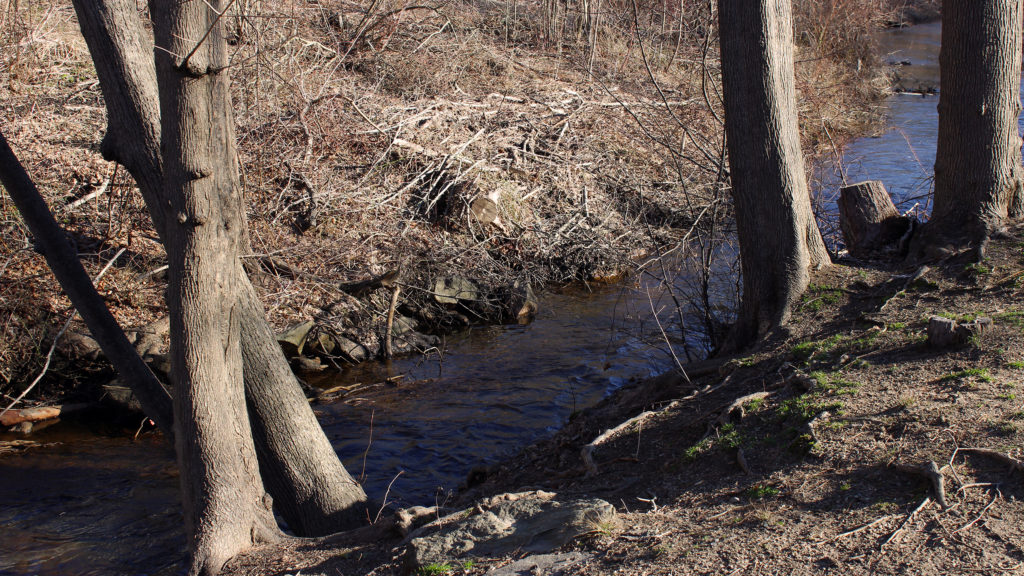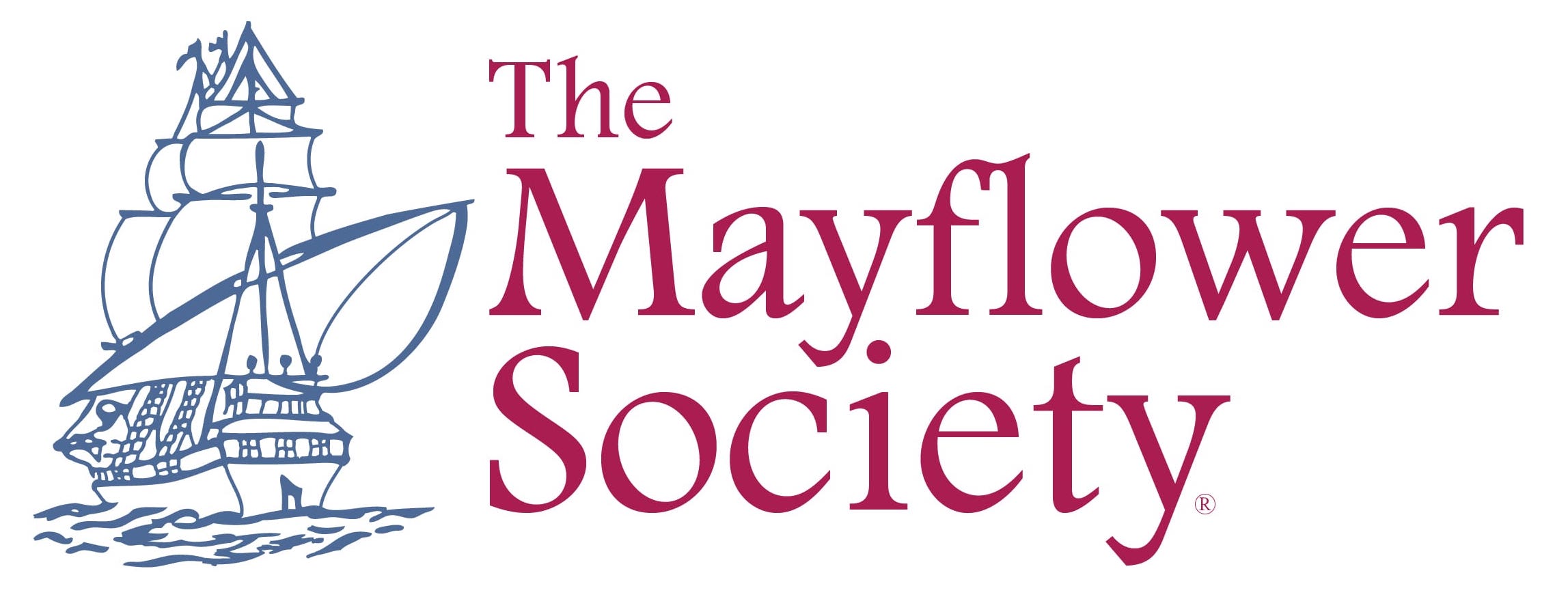
On March 22, 1620/21, Samoset returned to Plymouth with Squanto and three other men. They met with the Pilgrims and informed them that Ousamequin, also known as Massasoit, his brother Quadequina, and sixty men were waiting close by. What transpired next, as recorded in Mourt’s Relation, was the first diplomatic meeting between the Mayflower Pilgrims and the Wampanoag which resulted in the first articles of peace between the two groups.
Both the Pilgrims and the Wampanoag were understandably wary of sending their leaders to each other without assurances. Squanto eventually was able to work out an agreement where the Pilgrims “would send one to parley with him [Massasoit]” The man chosen for this important task was Edward Winslow, a Mayflower Pilgrim who would go on to become a very important member of Plymouth government acting as the town’s agent, governor, and diplomate on several occasions. Winslow met with Massasoit, and gave him and his brother numerous gifts. He then “…made a speech unto him, that King James saluted him with words of love and peace, and did accept him as his friend and ally…” and that governor Carver “…desired to see him and to truck with him, and to confirm a peace with him, as his next neighbor.” With that Winslow stayed behind with Quadequina, and Massasoit went to meet with Carver. In exchange the Pilgrims kept, “…six or seven [Wampanoag] as hostages for our messenger [Winslow]…”. Thus both sides had the assurances they desired for their leaders to meet.
Both Massasoit and Carver went through all the pomp and circumstance one would expect from the meeting of two great leaders. Massasoit had twenty men in his train as he approached and “…Captain Standish and Master Williamson met the king at the brook, with half a dozen musketeers.” Both sides saluted one another and Massasoit was led to a partially constructed house, prepared with pillows and a green carpet, to meet with the governor. Carver then made his own entrance “…with drum and trumpet after him, and some few musketeers.” Then proceeded more saluting, greetings, food and drink, after which the two parties got to the business at hand, and agreed on the following articles of peace:
- That neither he nor any of his should injure or do hurt to any of our people.
- And if any of his did hurt to any of ours, he should send the offender, that we might punish him.
- That if any of our tools were taken away when our people were at work, he should cause them to be restored, and if ours did any harm to any of his, we would do the like to them.
- If any did unjustly war against him, we would aid him; if any did war against us, he should aid us.
- He should send to his neighbor confederates, to certify them of this, that they might not wrong us, but might likewise comprised in the conditions of peace.
- That when their men came to us, they should leave their bows and arrows behind them, as we should do our pieces when we came to them.
Lastly, that doing thus, King James would esteem of him as his friend and ally.
This being done, the two parties went back to the brook, Carver and Massasoit embraced, and Massasoit left. Then Quadequina “…came and a troop with him, so likewise we entertained him, and conveyed him to the place prepared.” After Quadequina left, Winslow and the Wampanoag men kept as hostages all returned to their respective parties and the meeting was over. The resultant Articles of Peace between Plymouth and Massasoit would be reconfirmed and upheld in various forms for close to 50 years, ending entirely with the outbreak of the tragic and horrible conflict that became known as King Philip’s War.
Looking at the articles above, there are some interesting observations to note. First as laid out in article 4, both sides were keenly aware of the strength of their potential enemies and the need to assist one another militarily. At this point, the Wampanoag had been devastated by European diseases that had run rampant through their communities five years earlier. Similarly the first winter had claimed half of the Mayflower Pilgrims, with only about 50 people total surviving. Secondly, article 4 mentions the returning of stolen goods. Both the English and Wampanoag had already stolen things from each other, corn and tools respectively, and this article seems to be a way to rectify this and prevent further instances.
The last observation is a tricky one. As written, the first two articles seem to only apply to the Wampanoag and not the Pilgrims themselves. If this was intentional or not we probably will never know. We do know however that Massasoit, and possibly Edward Winslow, saw these two articles as applying to both. In Good News from New England Winslow writes that after Squanto’s treachery was discovered by Massasoit, he demanded Squanto be handed over to him “…as being one of his subjects, whom, by our first Articles of Peace, we could not retain.” When William Bradford was hesitant to hand him over, this caused a strain on their relationship that was only fully restored when Edward Winslow traveled to Pokanoket to visit a sick Massasoit, but that is a story for another time.
